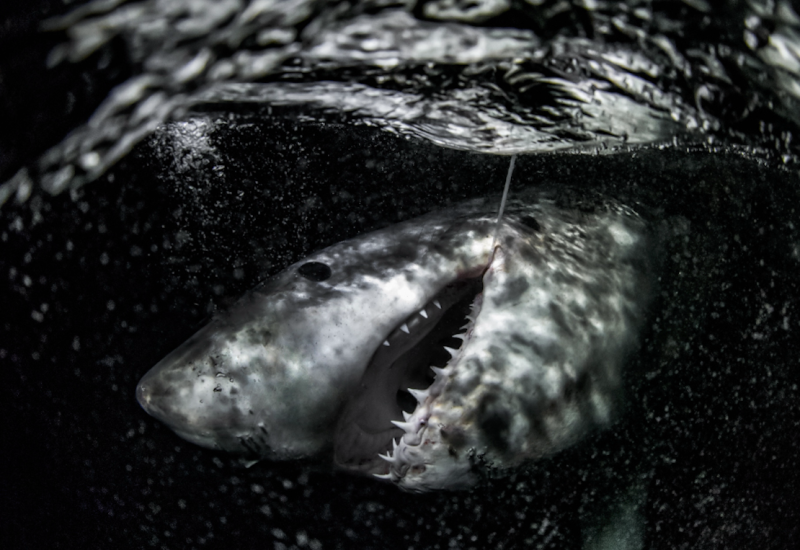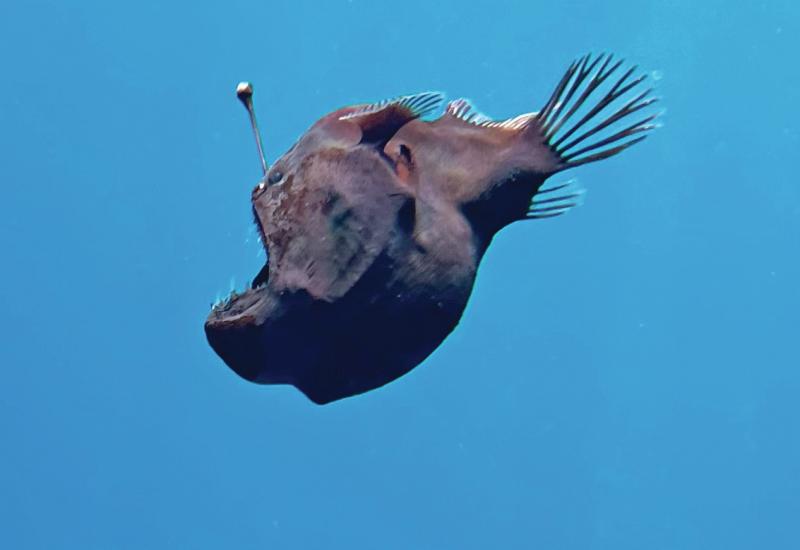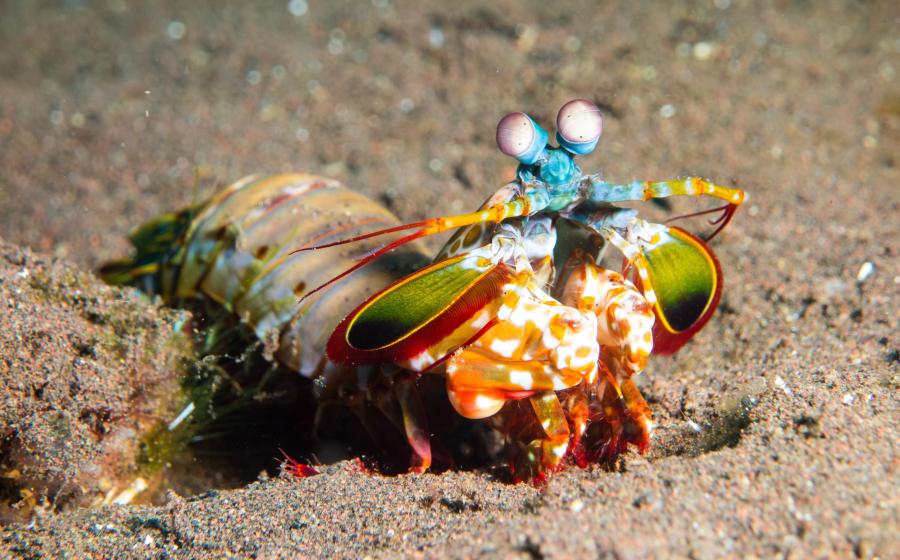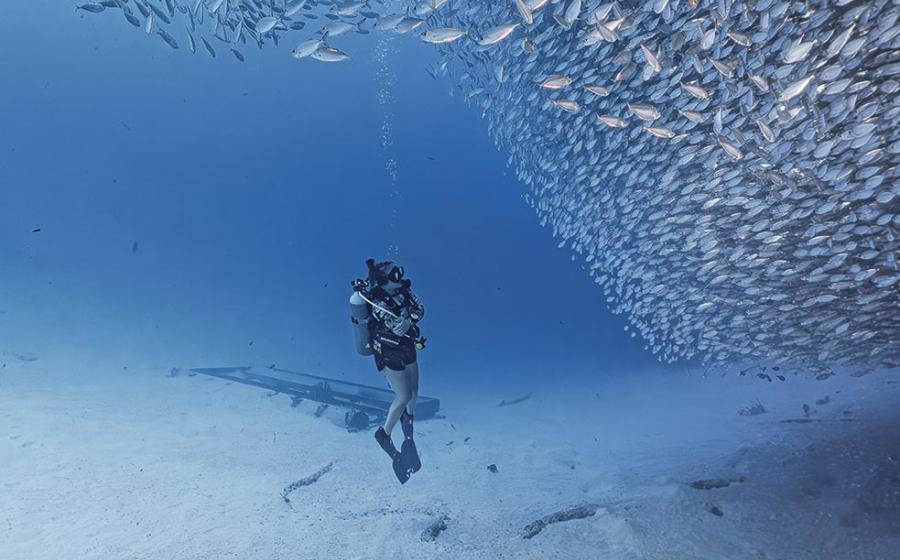What’s the Deal With Shark Teeth?

Shutterstock.com/Lukas WalterMako sharks have thin, sharp teeth for piercing their prey.
Question: Different shark species have radically different shaped teeth, so much so that you can identify what species a tooth came from. Why is that? And why do sharks lose so many teeth and keep regrowing them?
To answer this question, I spoke with Dr. Lisa Whitenack, a Professor of Biology at Allegheny College who is an expert in the form and function of shark teeth.
Shark teeth have a wide variety of shapes, each uniquely adapted for different types of prey. The tiger shark’s curved teeth function similarly to a can opener, helping them crack through sea turtle shells. Sand tiger sharks (called ragged-tooth in South Africa) have long, narrow teeth great for spearing fish. While the popular great white sharks have triangular, serrated teeth that slice through sea lion’s blubber. And the list goes on—so, why does this happen?
Related Reading: Can Magnets Keep Beaches Shark-Free?
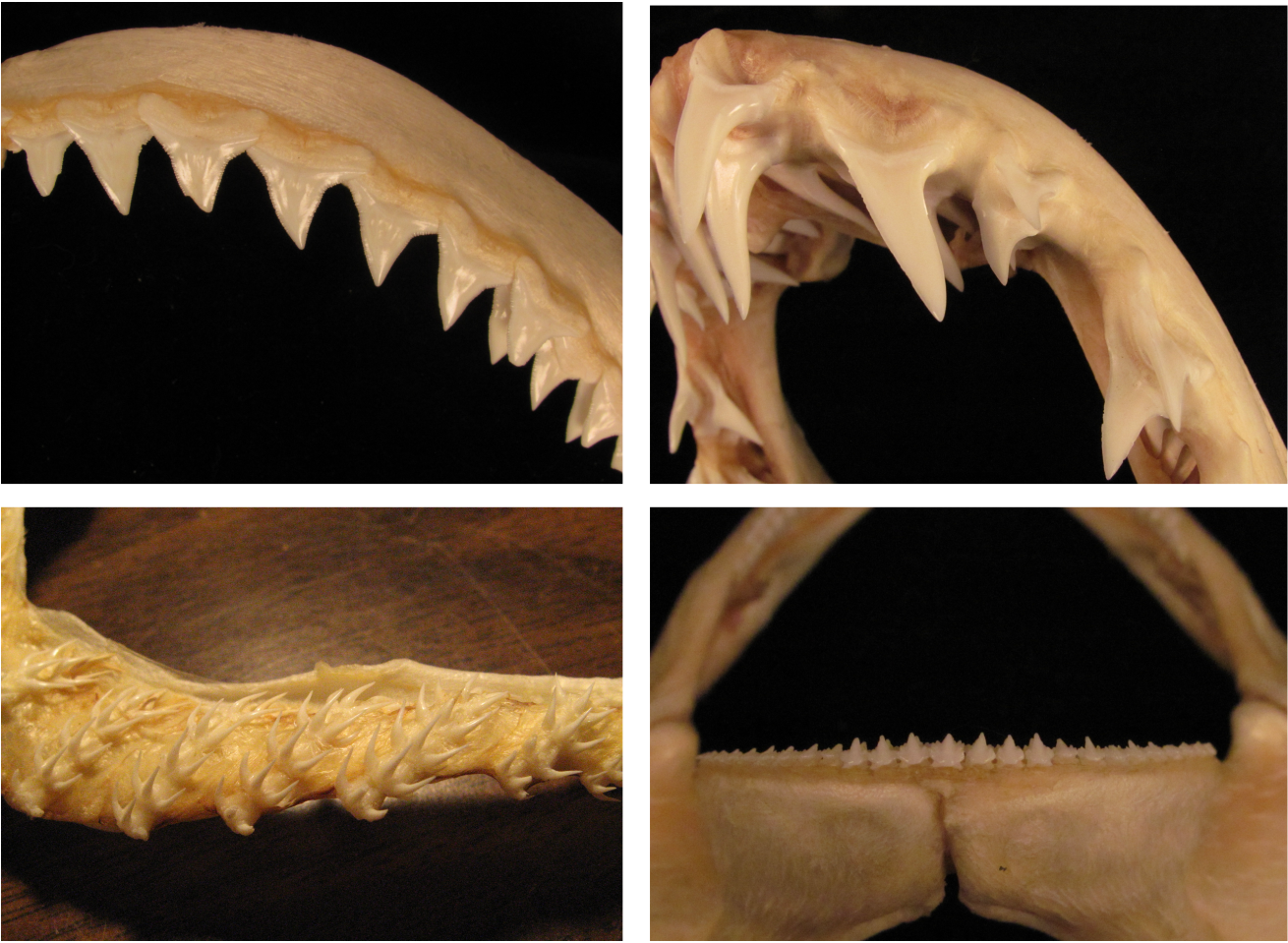
Courtesy Dr. Lisa WhitenackShark tooth shape varies across species, from overall shape to the small details, and is associated with different prey types. Clockwise from upper left: sandbar shark Carcharhinus plumbeus; shortfin mako Isurus oxyrinchus, nurse shark Ginglymostoma cirratum, and frilled shark Chlamydoselachus anguineus.
“It’s complicated and we don’t really know,” Dr. Whitenack tells me. “One factor is a species's evolutionary history and which species they’re related to. Closely related species have similarly shaped teeth. For example, bull sharks and dusky sharks are members of the same family, and it’s incredibly hard to distinguish a dusky shark tooth from a bull shark tooth. But their teeth are very differently shaped from, say, catsharks.”
“A second part of tooth shape is thought to be driven by what the shark is eating,” Dr. Whitenack continues. “Bonnethead sharks and horn sharks have flat teeth that look like molars in the back of their jaws, and [they] both eat crunchy things like crabs and sea urchins. But it turns out that many of our assumptions about particular shapes being good at particular jobs don’t hold up. Broad triangles like those found in white sharks are as great for stabbing as they are for cutting, and thin pointy teeth, like makos, are as good for cutting as they are for stabbing.”
Related Reading: Conserving the European Lobster
Why Do Sharks Have Rows of Teeth?
Additionally, sharks famously never run out of teeth, with new rows of fresh teeth constantly moving forward in their jaws like a conveyor belt. A single shark can go through thousands of teeth in their lifetime. Why do sharks do this, and do any other animals do this?
“Most vertebrate animals replace their teeth at some point in their lives, humans, for example, do it once as we lose baby teeth and grow our adult teeth,” Dr. Whitenack says. In fact, the first vertebrates—animals with a backbone or spine—replaced their teeth through this continuous mechanism that still exists in non-mammal vertebrates today. “There are many hypotheses for why this is advantageous for sharks, even though it potentially wastes a lot of energy,” she continues.
One possibility is tooth wear. Consider how sharp knives dull over time and the increased energy it takes to cut something with a dulling knife—perhaps this is the reason for having a mouthful of thousands of sharp teeth at the ready. Dr. Whitenack’s students studying this hypothesis have found that “it doesn’t take that many bites to see dulling of shark teeth, but we’re not sure yet how this translates to how many bites each tooth can experience in a shark.”
Why Are Some Shark Teeth Dark and Some Teeth White?
The darker ones are fossilized, from sharks that died long ago. Their teeth absorbed some of the minerals from the surrounding sediment. White teeth came from sharks that are either still alive or were relatively recently alive.
Shark’s teeth are one of their most iconic features, and while much of the biology of shark teeth remains an ongoing scientific mystery, animals that have been around for over 450 million years have gotta be doing something right!


